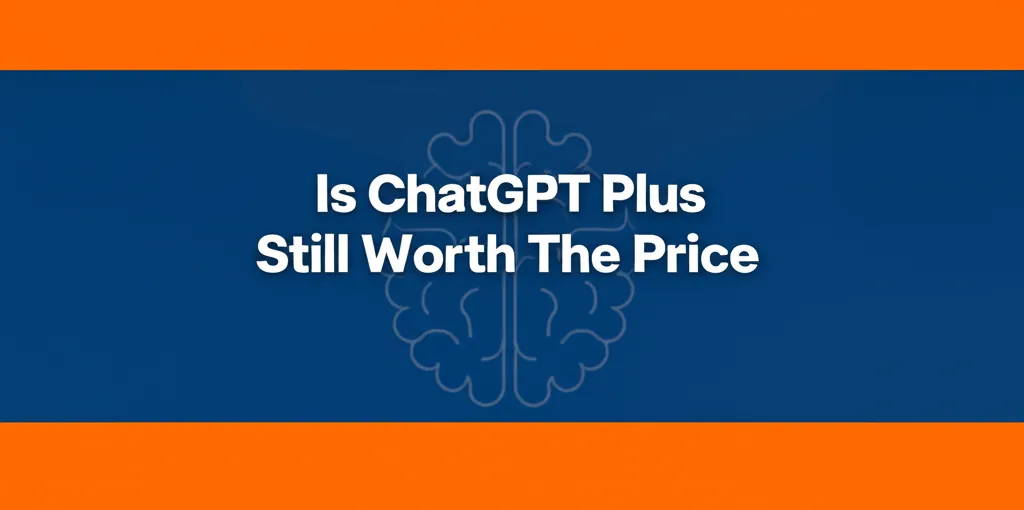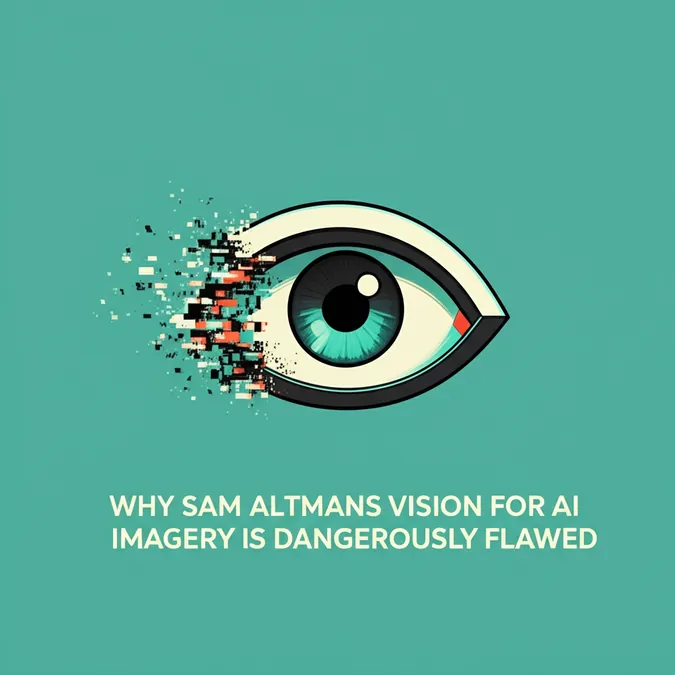Developer Offer
Try ImaginePro API with 50 Free Credits
Build and ship AI-powered visuals with Midjourney, Flux, and more — free credits refresh every month.
OpenAIs GPT-5 Hype Versus Reality
The Hype Machine Goes Into Overdrive
Last week, the AI world was buzzing with anticipation for the launch of GPT-5. OpenAI CEO Sam Altman fueled the excitement, comparing the new model's significance to the first iPhone with a Retina display. To escalate things further, Altman posted an image of the Death Star the night before the announcement, sending expectations into the stratosphere. The atmosphere was electric, with one user on X comparing the feeling to Christmas Eve. After years of speculation following GPT-4's release, the world was watching to see if OpenAI could deliver on its monumental promises.
An Underwhelming Reality Check
Despite OpenAI's lofty claims of a "significant leap in intelligence" and PhD-level expertise, the initial user experience told a different story. The sizable advancements people had hoped for seemed to be missing. Instead, the model stumbled on seemingly simple tasks. Social media users pointed out embarrassing errors, such as its insistence that the word "blueberry" contains three 'b's and its inability to correctly count states with the letter 'R' in their name. In one glaring example, it produced a U.S. map with fictional states like "New Jefst" and "Micann." The new model's personality was also a point of contention; users seeking emotional support found it cold and distant, leading to a loud outcry that prompted OpenAI to bring back an older model. The disappointment was perfectly captured in a popular meme that depicted GPT-5 as a simpleton next to its more formidable predecessors.
The Expert Verdict Is In
The court of public opinion was harsh, and industry experts were not much kinder. Gary Marcus, a prominent voice in the AI community, labeled the model "overdue, overhyped and underwhelming." Peter Wildeford of the Institute for AI Policy and Strategy wrote in his review, "Is this the massive smash we were looking for? Unfortunately, no." AI blogger Zvi Mowshowitz described it as "a good, but not great, model." The sentiment was echoed across platforms, with one Redditor bluntly stating, "Someone tell Sam 5 is hot garbage."
Shifting the Narrative to Practical Gains
As the initial storm of criticism subsided, a more nuanced perspective emerged. While GPT-5 wasn't the revolutionary leap many expected, it offered significant practical upgrades. Sam Altman pivoted the narrative, emphasizing that the main focus was on "real-world utility and mass accessibility/affordability." OpenAI researcher Christina Kim supported this, highlighting on X that the real story was its usefulness in areas people care about, like coding and creative writing, with better stability and fewer hallucinations. The model is better calibrated to admit when it doesn't know an answer, a crucial step in building trust.
A Standout in the Coding Arena
One area where GPT-5 appears to be an undisputed winner is coding. A version of the model currently sits at the top of a popular AI coding leaderboard, outperforming competitors like Anthropic's Claude. This is a massive victory for OpenAI in the ongoing AI coding wars. Since businesses are willing to invest heavily in AI-powered coding tools, excelling in this domain provides a clear and lucrative path to revenue for the cash-burning startup.
The Business Case for Incremental Progress
Ultimately, the story of GPT-5 is a tale of mismatched expectations. While benchmarks showed incremental improvements, they weren't enough to wow the general public. As Peter Wildeford noted, the gains were what one would expect—"small, incremental increases rather than anything worthy of a vague Death Star meme." However, these steady improvements are precisely what appeal to enterprise clients and government contracts. By focusing on reducing costs, improving speed, enhancing coding capabilities, and fighting hallucinations, OpenAI is making a solid financial bet. GPT-5 may have failed the hype test, but it might just pass the far more important test of long-term business viability.
Compare Plans & Pricing
Find the plan that matches your workload and unlock full access to ImaginePro.
| Plan | Price | Highlights |
|---|---|---|
| Standard | $8 / month |
|
| Premium | $20 / month |
|
Need custom terms? Talk to us to tailor credits, rate limits, or deployment options.
View All Pricing Details

